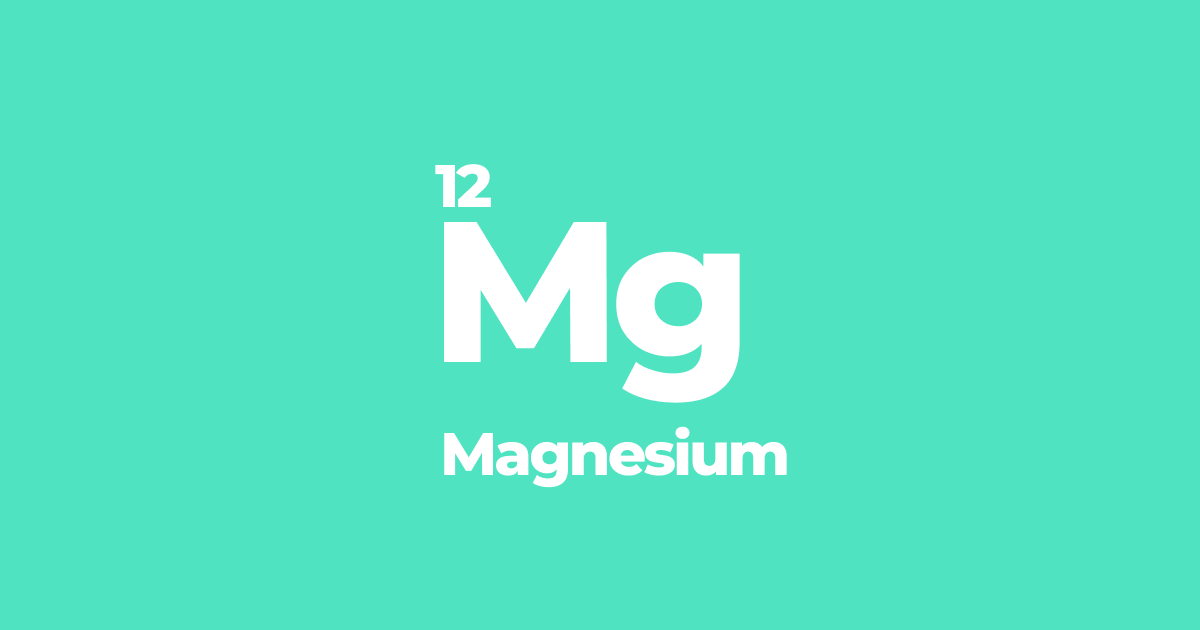
Magnesium is an essential mineral that is involved in over 300 enzymatic reactions, and 80% of the metabolic functions in the body. This includes energy production, muscle function and bone health. It is estimated that 60% of adults in the US do not achieve the average dietary intake (ADI), and that 45% are outright magnesium deficient.
Magnesium deficiency, also known as hypomagnesemia, can manifest through physical symptoms such as loss of appetite, muscle cramps, persistent tiredness and even uncontrolled hand shaking in severe cases.
Today’s Western diet is unfortunately low in magnesium as more people frequently consume processed foods instead of more nutrient-dense vegetables and nuts. Soil depletion from industrial farming has also reduced magnesium levels over the past century.
As a result, the average American only gets half of the recommended amount (around 200-250 mg) as opposed to the RDA of 310-420 mg. The more exact Recommended Dietary Allowance (RDA) for men and women across different age groups are:
Men
Women
Lifestyle choices such as heavy alcohol consumption, chronic stress, or intense exercise also contribute to magnesium deficiency. During intense exercise, magnesium is lost through sweat. Studies estimate that athletes can lose 10-20% more magnesium than sedentary individuals due to increased perspiration. A single intense workout can result in a loss of 10-20 mg of magnesium per liter of sweat. So If you workout multiple times per week, than you can safely take an additional 20% above the RDA.
Low magnesium levels also contribute to increased anxiety or depression as it plays a key function in regulating serotonin.
According to a 2018 Journal of Affective Disorders meta-analysis
Low serum magnesium was shown to increase the likelihood of depression (odds ratio 1.81). In multiple trials, supplementing with 248 mg/day of magnesium chloride improved symptoms within 6–12 weeks by increasing serum and brain magnesium levels.
Magnesium Chloride has a high bioavailability of 12-20% which means that it’s easier for the gut to absorb it. This is higher than other forms like Magnesium oxide that only provide a 4% bioavailability. It’s crucial to research bioavailability whenever you’re considering the purchase of a supplement.
But while supplementation is an easy way to ensure that you reach your RDA of Magnesium, it’s always best to try and get as much of your nutrients and minerals from whole foods. Whole foods are both more bioavailable which makes intake more efficient, and they also contain fibers and other nutrients. You can find the full list of the most Magnesium rich foods here.